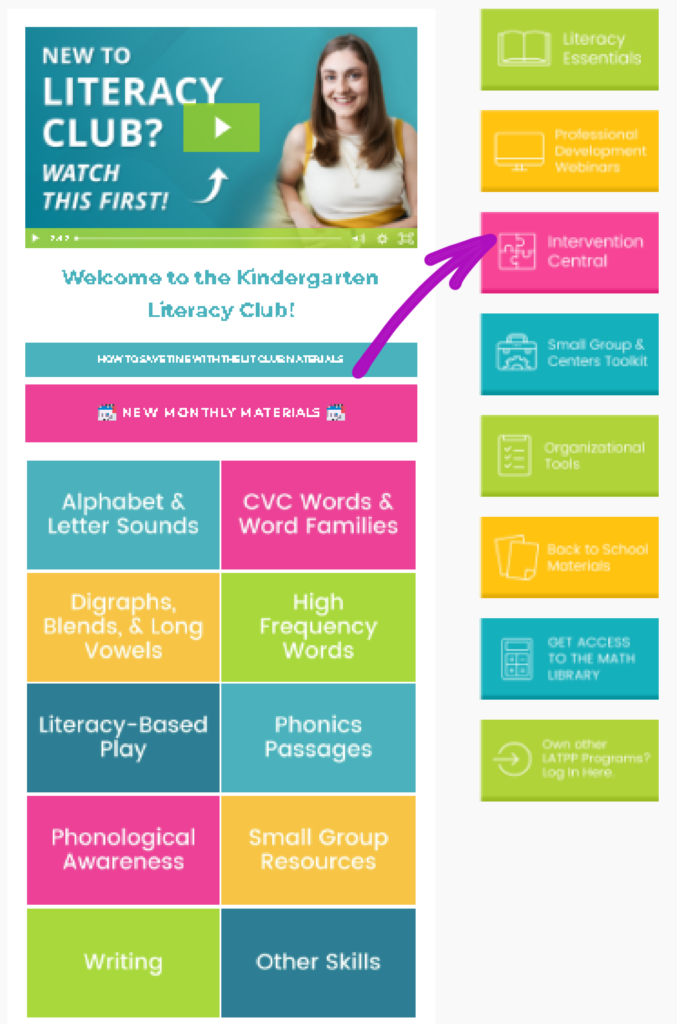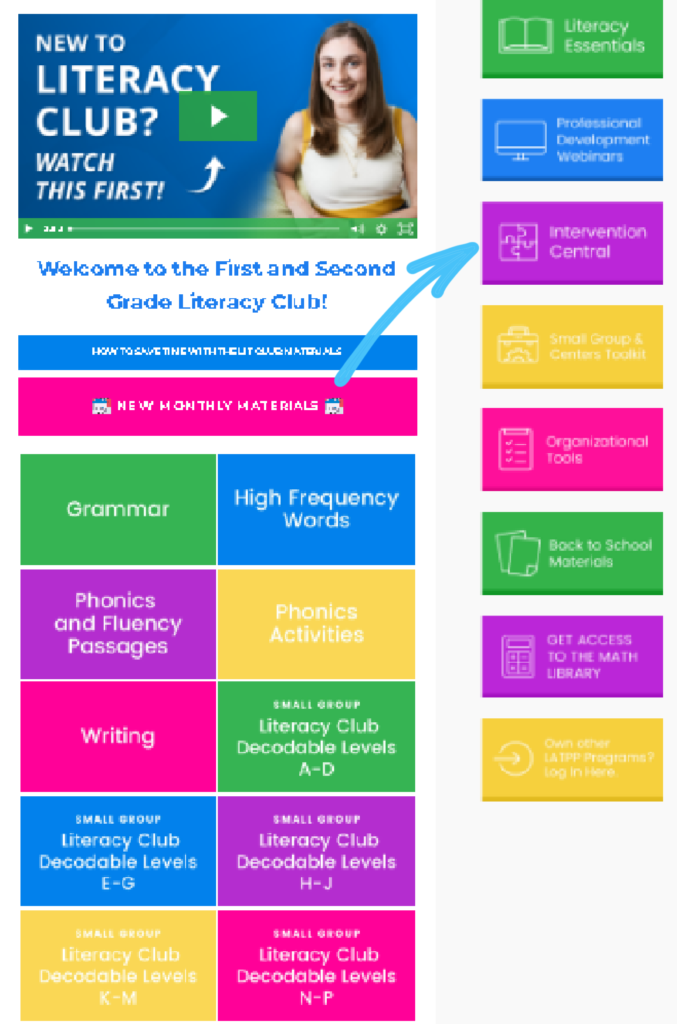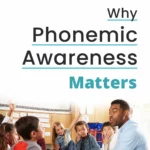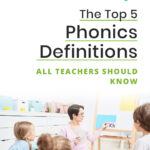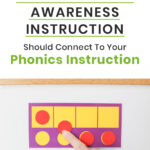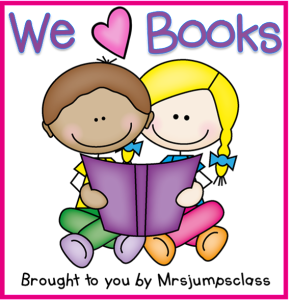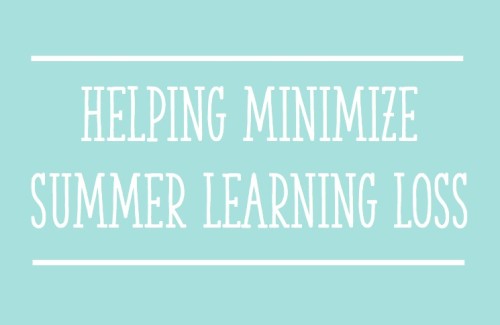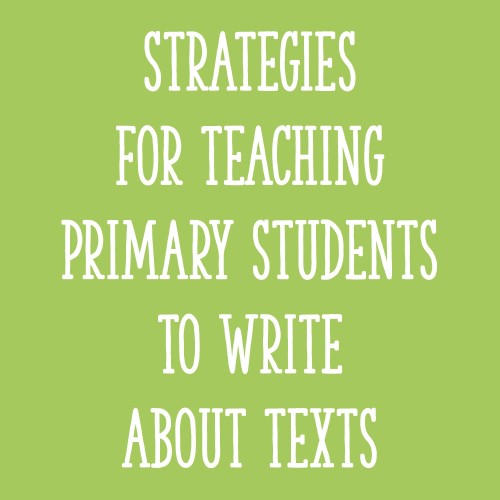Quite often, children who struggle with reading often struggle with phonemic awareness. And that makes sense, right? If you have trouble hearing the sounds in words, it’s going to be harder to put sounds together when you’re decoding. It’s also going to be harder to spell words if you can’t clearly hear their sounds.
Phoneme blending and segmenting are two critical components of phonological awareness. It’s beneficial (especially for K-1 teachers) to spend a few minutes each day working on developing students’ phonemic awareness skills, both with and without letters.
Even with this level of instruction, though, you may have students who aren’t quite grasping blending and segmenting in Kindergarten, first grade, or second grade. So, what should you do if you have students who struggle with these skills?
In this post, I’ll provide the sequence I follow to teach blending and segmenting. I’ll also go through a specific resource I use for students struggling with blending and segmenting. (The resource comes directly from my Literacy Clubs under the “Intervention Central” section.)
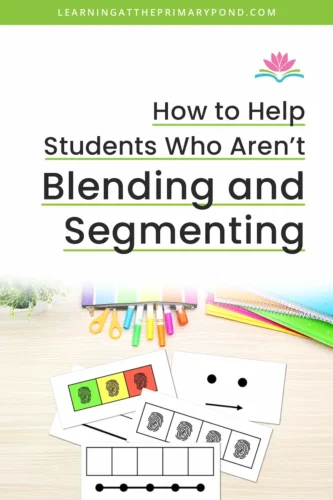
What Do the Terms Mean?
Before we dive into this helpful blending and segmenting resource, let’s cover a few terms.
Phoneme blending refers to a student’s ability to merge sounds and come up with a word (no alphabet letters involved). Example: You say /h/ /a/ /t/, and a child says “hat.”
There are different levels of difficulty within blending. You might start with 2-sound words like “up” and “go,” progress to 3- or 4-sound words, and eventually incorporate more challenging sounds like digraphs, blends, and diphthongs.
Phoneme segmenting refers to a student’s ability to separate a word into its sounds. Example: You say the word “trap” and students tell you the sounds (/t/ /r/ /a/ /p/). Just like with blending, different types of words can be more or less challenging for students to segment. Generally, the more sounds a word has (not letters, but sounds), the harder it is to segment.
Phoneme blending and segmenting are both types of phonological awareness skills.
Phonological awareness is, simply, the awareness of the sounds that make up spoken language. Pure phonemic awareness doesn’t involve alphabet letters, but is needed to help students connect it to reading and spelling real words.
What is the Blending and Segmenting Sequence of Instruction?
Here is the progression I follow for students learning to blend and segment.
- Begin by having students practice blending two sounds. For example, if you say /a//t/, they would say the word “at.” If this is difficult for them, really drag out the first sound to make blending easier. You can also have them close their eyes to focus on the sounds. If necessary, use the gradual release of responsibility: model how to blend the sounds (/a/ /t/…at), do it together, and then have the students do it on their own.
- Once they’ve mastered blending two sounds, you can have them blend 3 sounds. To make this easier, you can first have them blend two sounds (i.e. /s/ /o/ to make /so/) and then add a third (/so/ + /p/ = soap). Again, use the gradual release of responsibility. You might also have students blend on their hands or arms (first sound at the shoulder, second sound at the elbow, third sound at the wrist and they slide their other hand down their arm as they blend the sounds together).
- At this point, you can introduce one of the blending strips outlined in the next section. Choose one that you think will be most beneficial to the student(s). Model how to use it, again using the gradual release of responsibility as necessary.
- Once students are doing well with blending, you can begin working on segmenting. Again, start orally and use the gradual release of responsibility. Use the same strip if it worked well for students with blending.
- These segmenting activities are helpful for working on simple, 2-3 sound words as well as more complex words with blends, digraphs, and a great number of sounds.
Blending & Segmenting Strips
In my Literacy Clubs (I have a Kindergarten Literacy Club and a 1st & 2nd Grade Literacy Club), a specific part of the website is dedicated to intervention, called “Intervention Central.”
In this section, you’ll find extra resources on skills such as:
- comprehension
- fluency
- high frequency words
- phonics
- phonological awareness
- writing
If you’re interested in taking a deeper look into everything in my Literacy Clubs, check out this blog: A Peek Inside My Literacy Clubs!
Under “Intervention Central” is where you can find the resource “Blending & Segmenting Intervention Activity: Blending & Segmenting Strips.”
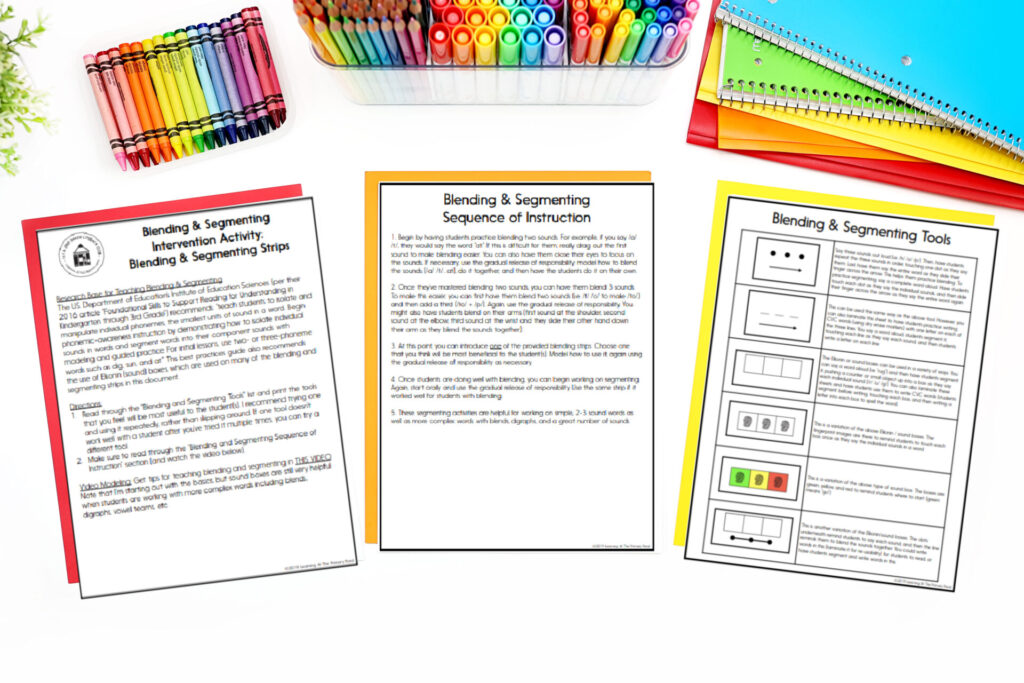
Here are a few visual tools that are included in the “Blending & Segmenting Strips” resource:
Visual #1 – Elkonin or sound boxes
You may have heard of these before! Students touch each box as they say a sound in a word, and then blend the sounds together. You can also have students push a counter into each box to blend. These boxes can also be used to work on segmenting.
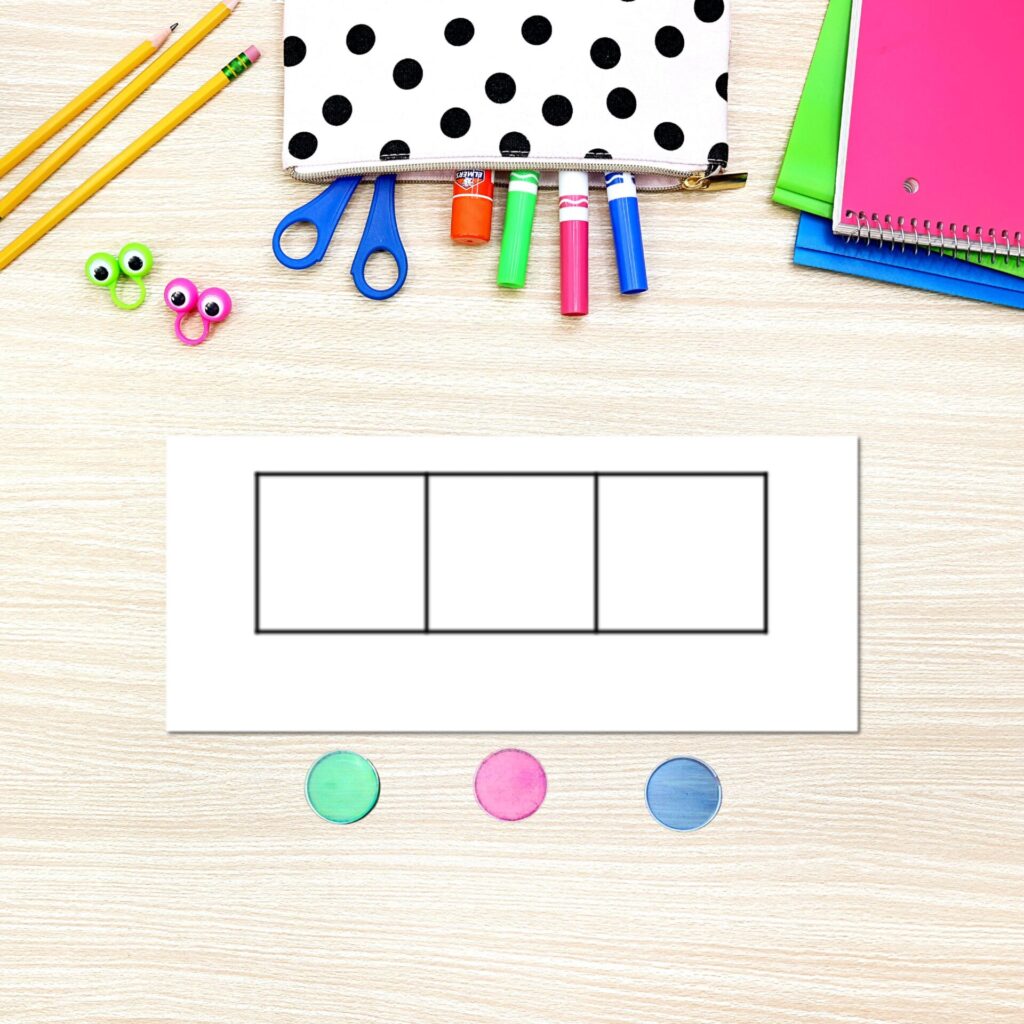
Visual #2 – Dots & arrow
This is one I created to help my students. They touch a dot as they say each sound, and then slide their finger along the arrow to blend.

Visual #3 – Color-coded fingerprints
This is another one I created to help my students. They know to start on the green square because “green means go.”
There are fingerprints that they touch each time they say a sound.

Conclusion
I hope these tips on teaching segmenting and blending were helpful! Remember that these visual tools highlighted in the blog are only available to members of my Literacy Clubs.
Members also receive new resources at the beginning of every month! Here are some of the features:
- Small group readers and lesson plans
- Differentiated centers
- A monthly Q & A Zoom call
- A monthly webinar
- Access to a private online community forum
CLICK HERE to learn more about the Literacy Clubs!
Happy teaching!

